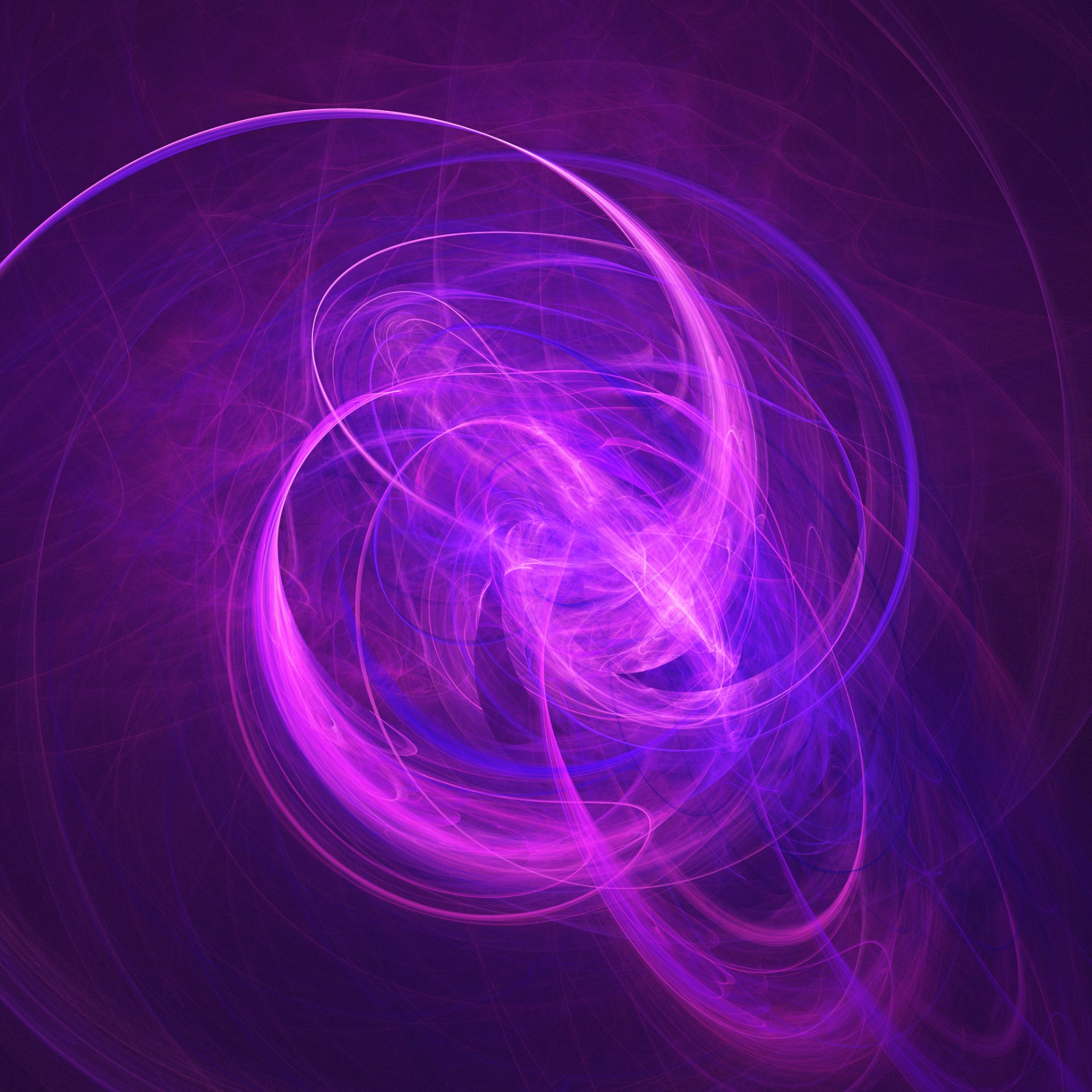
The Serpent's Ascent: Asclepius, Mercury, Kundalini, and the Shifting Winds of Uranus

In the tapestry of symbolism that weaves together mythology, healing, and esoteric understanding, the serpent holds a potent and multifaceted significance. From the single snake entwined around the Rod of Asclepius to the twin serpents spiraling the Caduceus of Mercury, these ancient emblems resonate with concepts that extend beyond their traditional interpretations, particularly when viewed through the lens of Kundalini energy and the current astrological climate shaped by Uranus ( May, 2025).
From a Kundalini perspective, the single serpent of Asclepius can be seen as a representation of the awakened Kundalini Shakti rising through the central Sushumna nadi (the central energy channel along the spine). The shedding of the snake's skin symbolizes transformation, healing, and the release of old patterns – processes inherent in the ascent of Kundalini, which aims to purify and elevate consciousness. Hygeia's serpent drinking from the bowl can be interpreted as the vital life force (Kundalini) nourishing and maintaining health within the individual. Hygeia's archetype encourages us to take responsibility for our well-being, highlighting the power of balance and preventative measures. In a world often focused on reactive medicine, Hygeia's archetype reminds us of the intrinsic value of cultivating and preserving our health. Hygeia's message is one of holistic health. It encompasses not just the absence of disease but a state of overall well-being that includes physical, mental, and spiritual harmony. Hygeia also reminds us about the importance of the environment we live in, protecting the environment and being conscious about the impact we have on the environment.
In Greek mythology, Hygeia is most commonly known as the daughter of Asclepius and Epione (the goddess of soothing pain). She is often depicted as an attendant to her father, highlighting her role in the broader context of healing. She also had sisters who embodied other aspects of health and healing, such as Panacea (universal remedy), Laso (recuperation), Aceso (the healing process), and Aglaia (radiant health). While Hygeia doesn't have as many independent myths as some other major deities, her presence is significant in the context of healing sanctuaries dedicated to Asclepius. Temples dedicated to Asclepius often included spaces for Hygeia, emphasizing the importance of both curative and preventative approaches to health.
Mercury and the Caduceus: The double helix of energy, traditionally associated with the Greek god Hermes (Roman Mercury), features a staff with two snakes winding around it in a double helix, often topped with wings. While historically a symbol of commerce, negotiation, and communication, the Caduceus bears a striking resemblance to the energetic structure described in Kundalini yoga.The two intertwined serpents can be linked to the Ida and Pingala nadis, which spiral around the Sushumna. Ida represents lunar, feminine, and cooling energy, while Pingala embodies solar, masculine, and heating energy. Their balanced interplay is crucial for the awakening and harmonious flow of Kundalini. The wings at the top can symbolize the ascent of this energy to the higher chakras, leading to expanded awareness and integration. Mercury, as the messenger of the gods, aligns with the transformative potential of awakened Kundalini to bridge the physical and spiritual realms. The bridge between life, death and rebirth and traveling between different levels of consciousness.
This transit of Uranus in Taurus brings a dynamic and potentially disruptive energy to our relationship with these Taurean themes. We may see unexpected shifts in our values, our approach to finances and resources, and our connection to the physical body and the Earth. It can spark a desire for freedom and innovation in areas where we previously sought security and routine. Uranus in Taurus might catalyze a sudden awakening of our innate healing abilities (Asclepius) and a desire for unconventional approaches to health and well-being.
The dualistic energy of the Caduceus and the balanced flow of Ida and Pingala resonate with the potential for energetic shifts brought by Uranus. This transit might push us to find new ways to balance our inner masculine and feminine energies, facilitating a more potent rise of Kundalini. Communication (Mercury) regarding health and well-being and relationships may also take on innovative forms.
Uranus's influence encourages us to break free from stagnant patterns. This aligns with the Kundalini process of shedding old energetic "skins" and the transformative power associated with both the Rod of Asclepius and the Caduceus.


